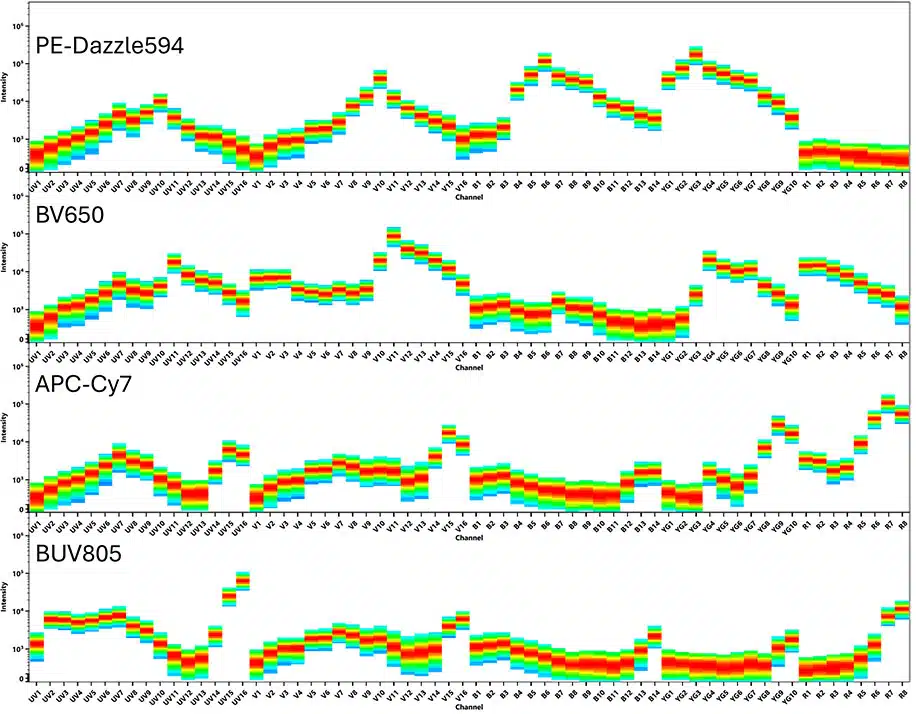
We have characterized the LL/2 mouse model expressed as a flank model in C57BL/6 mice for study of primary tumors and metastatic disease. Our model is easily adaptable to suit your therapeutic inquiries and downstream analyses.
Fast Growing and Reproducible
The fast-growing tumors in our LL/2 syngeneic model allow for efficient and reproducible analysis or therapeutic agents.
Metastatic Potential
The flank syngeneic LL/2 model produces tumors with high vascularization and can metastasize to organs and tissues such as the lungs, liver, pancreas, and lymph nodes.
Immune Response and Treatments
The LL/2 syngeneic mouse model provides an immune competent background to evaluate immune and toxicity responses to therapeutics agents.
LL/2 Mouse Model
LL/2 is a highly tumorigenic cell line with high vascularization of tumors and metastasis from the primary tumor site that can be investigated in a flank model.
LL/2 is a murine Lewis lung carcinoma cell line originally derived from a spontaneous epidermoid carcinoma in a C57BL/6 mouse.
The LL/2 cell line does not harbor mutations often seen in human non-small cell lung cancer such as EGFR, ALK, ROS1, HER2, ect.
LL/2 is resistant to 1,3-bis-(2-chloroethyl)-1-nitrosourea (BCMU/Carmustine).
The LL/2 cell line is characterized by mutations among the Kras G12C and Nras Q61H genes. The TSG (tumor suppressor gene) Trp53 has two mutations, Trp53E32X and Trp53R334P. TSGs Dcc and Cacna1d also have two deleterious mutations each.
Highly or Overexpressed: Ki-67, Cyclin D1 (proliferation and cell cycle markers), VEGF-A, MMP-2, MMP-9, HIF1α (angiogenesis markers)
Downregulated or Not Expressed: E-cadherin (epithelial adhesion marker), p16INK4a / P19ARF (tumor suppressors)
(He et al. 2024)
Common treatments include chemotherapeutics (cisplatin, carboplatin, vinorelbine) and molecularly targeted agents (sunitinib and erlotinib).
Commonly Requested Endpoints

Histopathology
Our customizable histopathological analysis can help evaluate tumor microenvironments, track tumor progression and metastases and inform treatment decisions.

Flow Cytometry
Our flow cytometry expertise can help characterize tumor-infiltration T lymphocytes, identity immune biomarkers, and so much more.